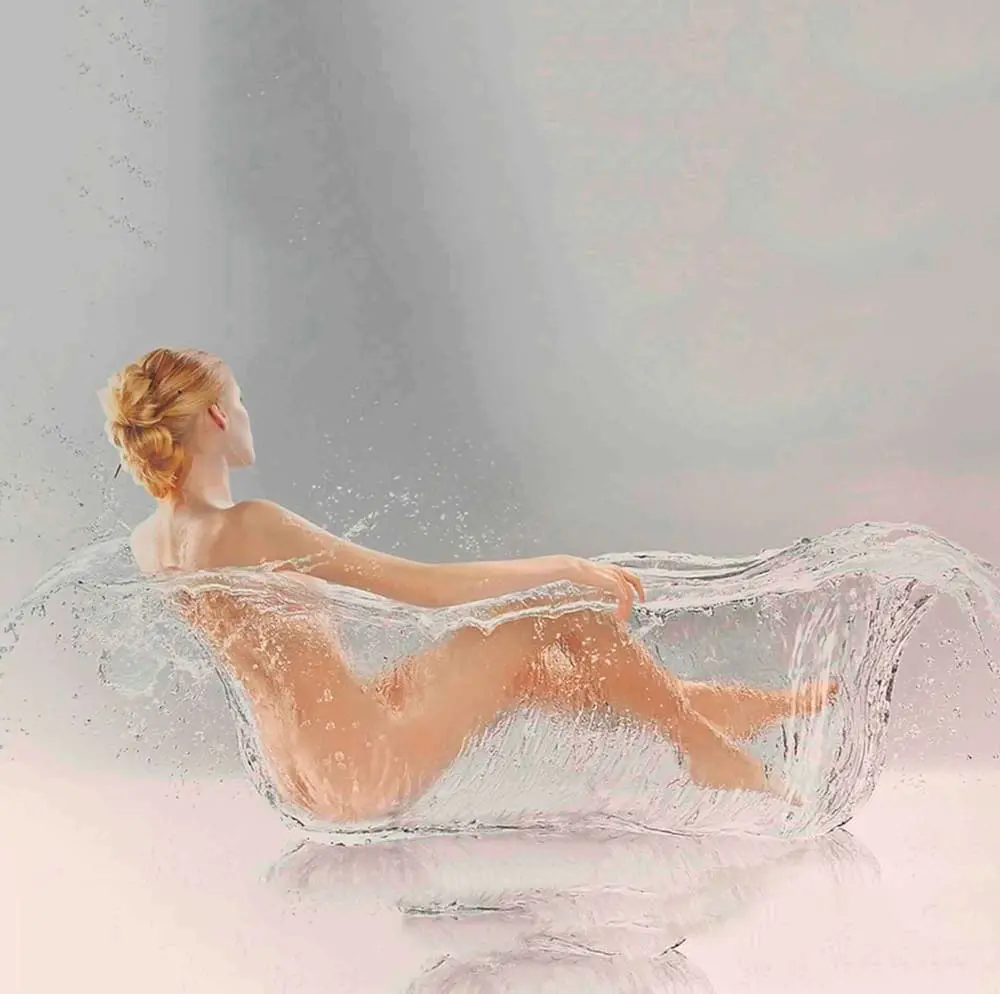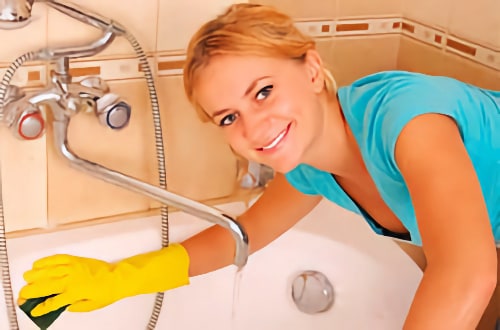
Lifespan Up to 15 Years | 5-Year Warranty | Fast Drying 24 Hours | Odorless
MON-SUN, 8 AM-8PM
Acrylic Bathtub Care
Lightweight, stylish, and available in countless shapes, modern acrylic bathtubs have become a popular alternative to traditional cast iron. Their smooth, warm surface appeals to both homeowners and interior designers alike.
With proper care, these tubs can maintain their glossy, like-new appearance for many years. The most common issue is surface scratching, which can dull the shine over time.
One of the big advantages of this material is its resistance to dirt buildup. Still, regular cleaning—at least once a week—is recommended to keep the surface in top condition. The good news: it takes far less effort to clean than older-style tubs.
What Not to Use When Cleaning
The finish should always be treated gently. Abrasives can quickly scratch and damage it.
Avoid hard brushes, metal scrapers, and rough sponges—these will ruin the smooth surface and may even alter its color.
Steer clear of harsh chemicals such as powdered cleansers, bleach, chlorine, acids, ammonia, or strong alkalis, as they can weaken or discolor the coating.
Never place heavy metal objects—like stools, buckets, or basins—inside the tub. When bathing pets, use a silicone mat to prevent claw marks.

Hard water can leave behind limescale and even rust stains. Installing a water filter can help prevent this. If that’s not possible, wipe the surface with vinegar or lemon juice between regular cleanings.
The Right Way to Clean
Mild, foaming cleaners work best. Everyday liquid soap, shower gel, or even dishwashing liquid can be safely used.
Pair with a soft sponge or cloth for a thorough clean that won’t harm the finish. Wiping the tub dry afterwards will add extra shine and help prevent water spots.
There are also special bathroom care products designed for acrylic fixtures—usually soft creams or gels without abrasives—that clean effectively while being gentle on the surface.
If fine scratches do appear, they can often be removed by polishing with furniture polish or automotive scratch remover. For deeper damage, professional acrylic bathtub restoration can return the surface to a like-new state.

-
SAVE MONEY!
This process can save you up to 80% as compared to the price of replacement. -
ODOR FREE!
No need for special ventilation. Eco-Friendly. Near Zero VOC. -
SPECIAL LIMITED-TIME OFFER:19
days15
hours12
minutes26
seconds
